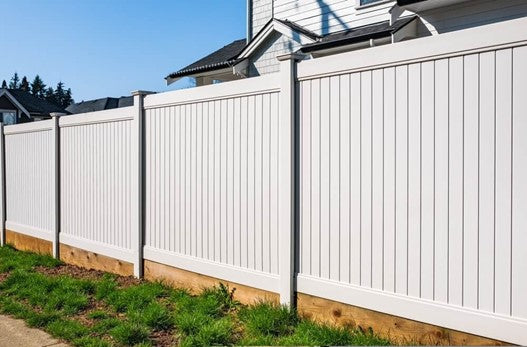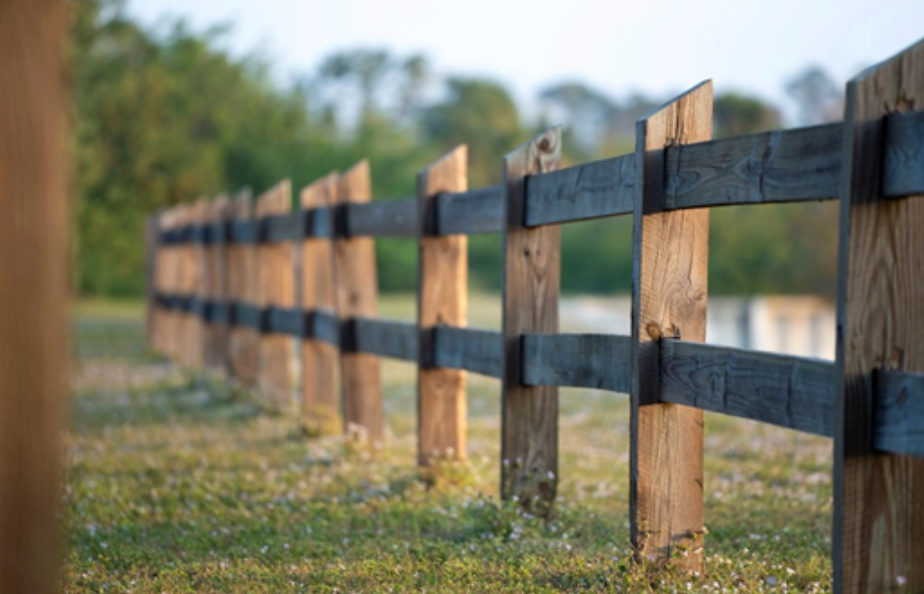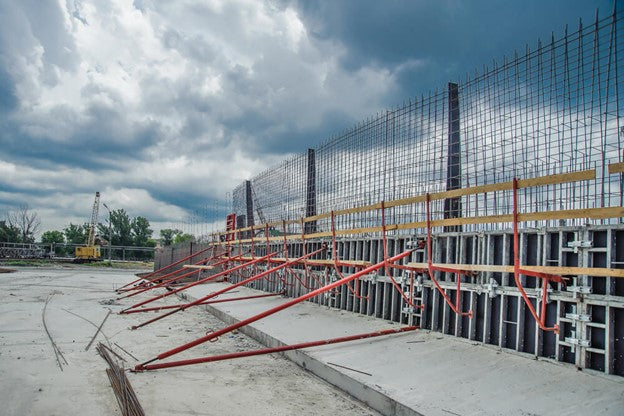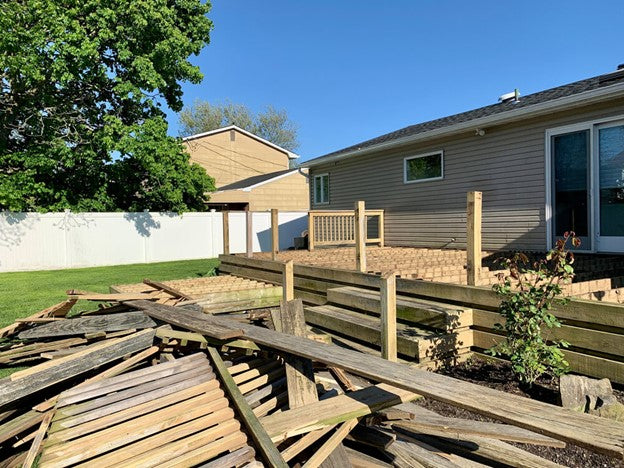Planning a fence involves more thanchoosing panels or posts. Homeowners in Melbourne must comply with the Fences Act 1968 and local council rules, which outline boundaries, shared responsibilities and permit requirements. Auswood Timber & Hardware Pty Ltd in South-East Melbournesupplies durable fencing timbers while helping customers understand the essentials of timber fence regulations. By knowing the rules in advance, you can avoid costly mistakes and ensure your project runs smoothly.
The Foundation: The Fences Act 1968
The Fences Act is the central legislation governing timber fence regulations in Victoria. Its key principle is shared responsibility: boundary fences are usually a joint cost between neighbours for both construction and upkeep. The law defines a “sufficient dividing fence”, which in suburban Melbourne often means astandard paling fence. If one neighbour wants an upgrade, such as hardwood instead of treated pine, they typically cover the additional expense. This ensures fairness while giving flexibility in material choice.
The Fencing Notice Process
Before building, homeowners must issue a formal “Fencing Notice” to their neighbour. This legal document outlines the proposed timber fence line, fence type, estimated costs and suggested contributions. The notice provides a framework for negotiation and is essential if a dispute arises. If disagreements occur, the notice supports applications through the Magistrates’ Court. Homeowners can also access templates and guidance through the Dispute Settlement Centre of Victoria, which encourages early mediation and clear communication.
Fence Height and Council Permits
Height limits are another critical element. Front fences are usually capped at 1.5 metres, or 1.2 metres along declared roads, without requiring permits. Side and rear boundary fences exceeding 2 metres typically need building approval. For taller fences, homeowners must apply for “report and consent” from their local council. Because each Melbourne council may have slightly different rules, residents should check specific requirements on their council’s website. Planning zones and heritage overlays can further influence what timber fence is permitted.
Resolving Common Issues
Disputes are common when building fences. If a neighbour refuses to pay or respond to a Fencing Notice, homeowners can apply to the Magistrates’ Court after 30 days. Mediation through the Dispute Settlement Centre of Victoria is often a less adversarial first step. When trees or old fences obstruct the boundary, responsibility for clearing them must be agreed upon in the fencing notice. If a property borders public land such as a park, councils generally do not contribute; the homeowner bears full responsibility.
Special Considerations
Some fences fall under stricter controls. Pool and spa fences are regulated by the Victorian Building Authority, with mandatory height and safety standards to protect children. Heritage-listed properties are another exception: these sites often have strict limits on fence style, height and even the choice of timber fence panels. In these cases, planning approval is essential before starting work.
Final Thoughts
By understanding what the regulations for fences are and communicating clearly with neighbours, you can save time, reduce disputes and avoid unnecessary costs. Following the correct steps ensures your fence is compliant, secure and long-lasting. Investing a little effort up front creates a smoother project and peace of mind for years to come.
Get Expert Advice on Timber Fencing
Feeling more confident about the rules? Now explore the fun part: choosing materials. Browse our wide range of timber fence panels and posts at Auswood Timber & Hardware Pty Ltd. Call0499 325 250 orvisit our contact page today for expert advice and a free quote.




